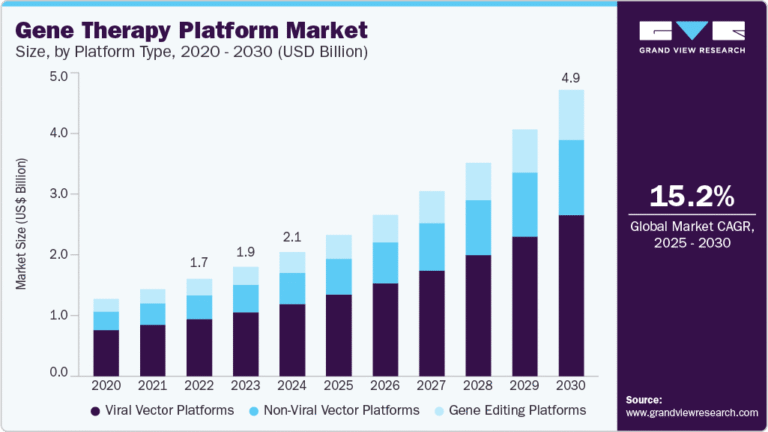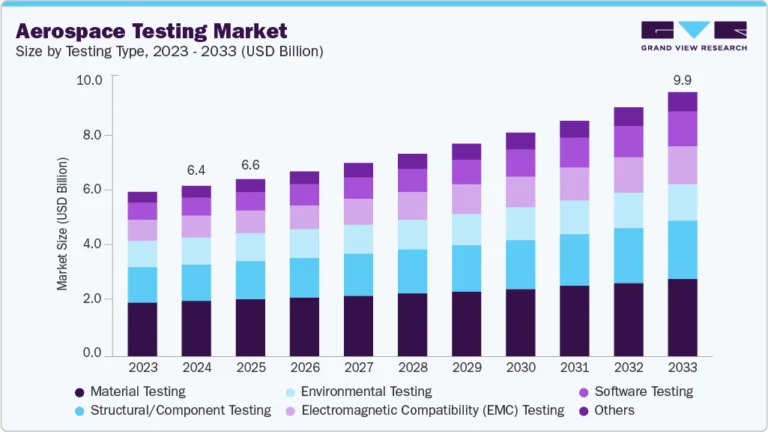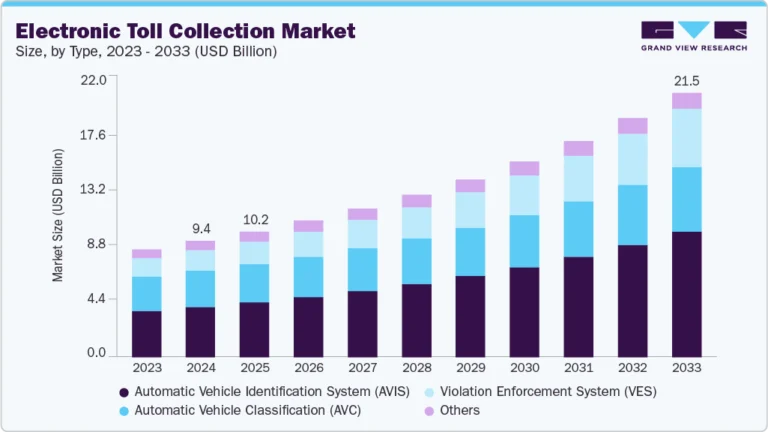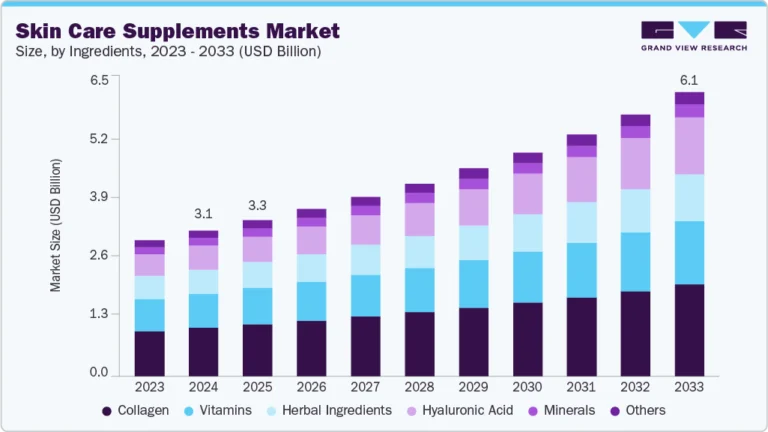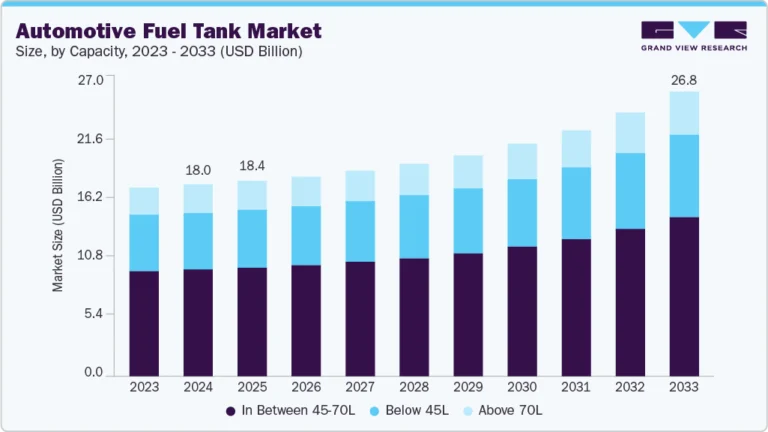Logistics Market Size, Share & Trends Analysis growing at a CAGR of 7.2% from 2024 to 2030

The global logistics market size was valued at USD 3,794.4 billion in 2023 and is projected to reach USD 5,951.0 billion by 2030, growing at a CAGR of 7.2% from 2024 to 2030. The market represents a dynamic and rapidly evolving sector that plays a crucial role in global trade and commerce.
Key Market Trends & Insights
- Asia Pacific logistics market asserted its dominance in 2023, capturing the largest revenue share at 35.0%.
- The logistics market in China held the largest market share of 26.1% in the target market in Asia due to its robust manufacturing sector.
- Based on service, the transportation services segment dominated the target market and accounted for the largest revenue share of 29.5%.
- Based on end use, the retail & e-commerce segment held the largest market share of 29.5% in 2023.
- Based on category, the conventional logistics segment dominated the target market and accounted for the largest revenue share of 73.9% in 2023.
Market Size & Forecast
- 2023 Market Size: USD 3,794.4 billion
- 2030 Projected Market Size: USD 5,951.0 billion
- CAGR (2024-2030): 7.2%
- Asia Pacific: Largest market in 2024
- Europe: Fastest growing market
Request a free sample copy or view report summary: https://www.grandviewresearch.com/industry-analysis/logistics-market-report/request/rs1
It encompasses a wide range of services and technologies aimed at efficiently managing the flow of goods, from production to consumption, across various industries and geographical regions. The market is growing due to the rapid expansion of online retail, driving demand for efficient services in last-mile delivery and warehousing, as well as increasing customer expectations for faster deliveries. Additionally, improvements in transportation infrastructure and the complexity of international trade are further boosting the demand for supply chain services, requiring more efficient and agile supply chains.
The rapid growth of online retail has significantly influenced the target market, driving the need for efficient services, especially in last-mile delivery. This segment, crucial for transporting goods from distribution centers to consumers, has seen innovations like drones and autonomous vehicles to meet the demand for faster and more reliable deliveries. Warehousing has also evolved to accommodate the needs of online retailers, with larger and automated warehouses becoming essential for managing inventory and fulfilling orders promptly.
The growth of online retail has propelled the logistics industry towards more efficient and technologically advanced solutions. This transformation aims to meet the evolving demands of modern consumers for faster and more convenient delivery options. The logistics sector plays a critical role in the global economy by facilitating the movement of goods across various industries and geographical regions. Moreover, as online shopping continues to grow, the target market is expected to innovate further and adapt to meet the increasing demand for efficient and reliable services. This evolution is likely to lead to further advancements in technology and supply chain practices, driving the industry toward greater efficiency and sustainability.

